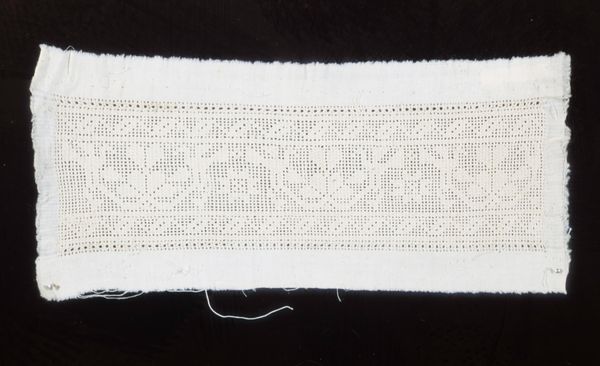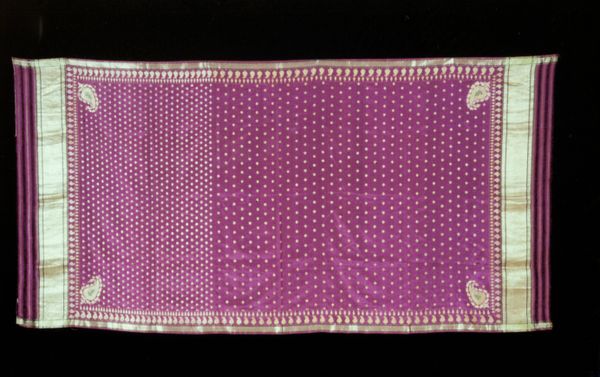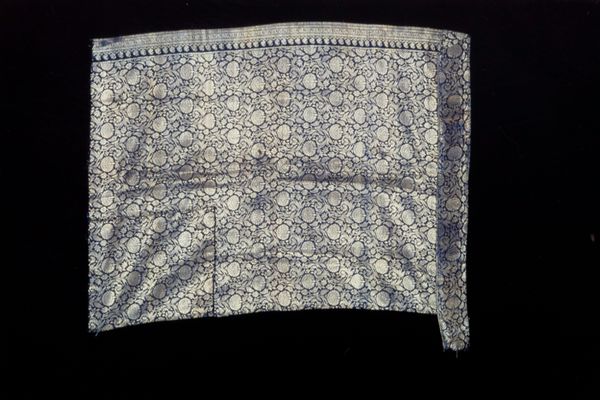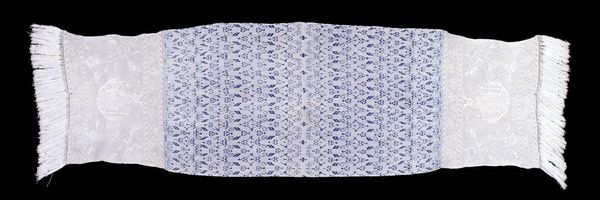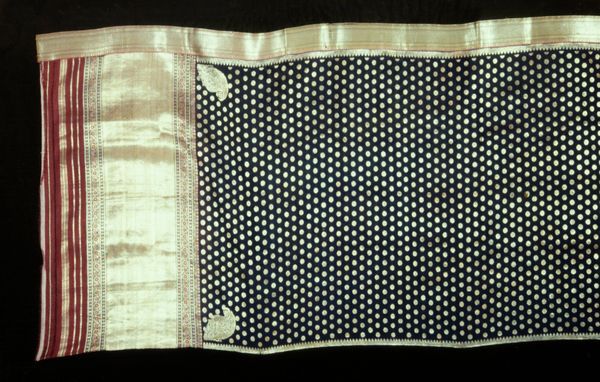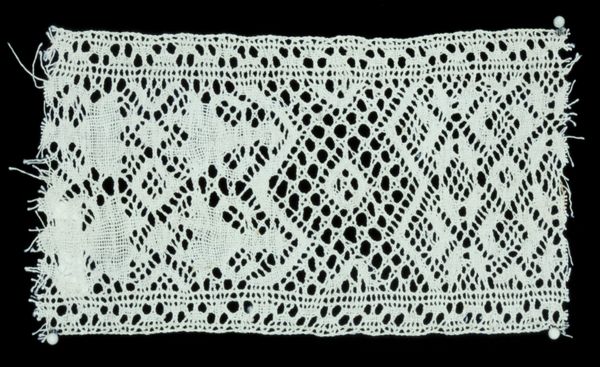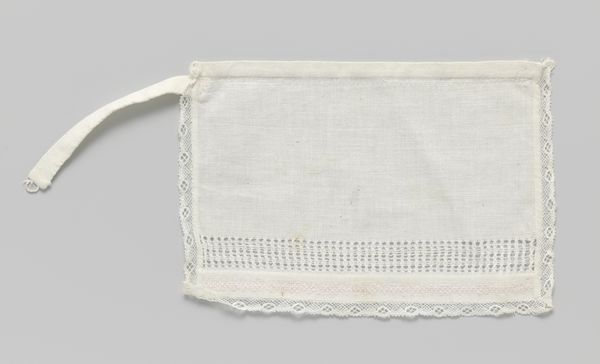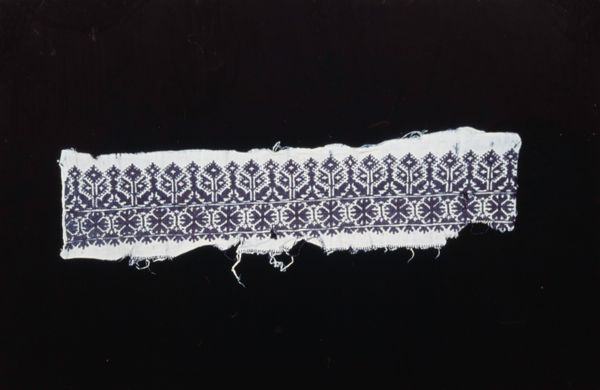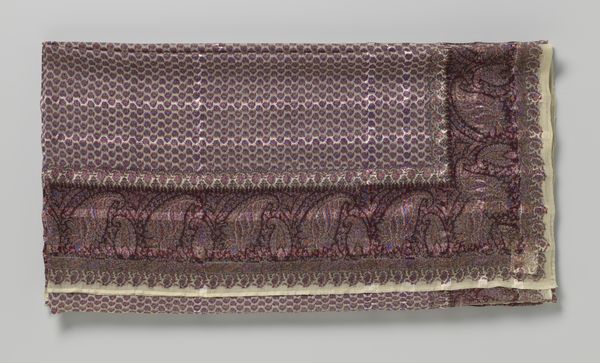
textile
#
textile
#
geometric pattern
#
geometric
Copyright: Public Domain
Editor: So, here we have a textile Panel, created around the 19th century, and currently residing at the Minneapolis Institute of Art. The intricate geometric pattern is just mesmerizing! How should we approach analyzing this? Curator: Well, let's think about this from a materialist perspective. Forget about aesthetics for a moment, and consider the labor involved in its creation. What kind of social context would necessitate such detailed handwork? Editor: That's interesting... So you're suggesting we focus on the socio-economic conditions that allowed for such intricate textile work? It’s not just about decoration then; it's about production. Curator: Precisely. Who made it? Under what conditions? What was the function of such textile? Was it commissioned, traded, or made for personal use? This challenges our assumptions about 'high art' versus 'craft,' right? Consider how its materiality and its purpose are interwoven. Editor: Definitely! It makes me rethink my initial aesthetic response. Thinking about the materials themselves, like what kind of thread was used, and the possible trade routes that brought those materials to the artist is essential. Curator: And how the act of repetitive weaving or stitching can itself be seen as a form of labor and potentially a social commentary. This challenges any notions of the individual genius artist, replacing it with considerations of collaborative and anonymous makers. Does that give you a different lens through which to understand it? Editor: Absolutely. Looking at the piece now, it seems much more layered – the simple geometric forms hide complex issues of labor and trade. Thank you for sharing your perspective! Curator: My pleasure. Remember, the real power of art lies in its capacity to tell stories about production, consumption, and the human condition, through careful manipulation of the mundane.
Comments
No comments
Be the first to comment and join the conversation on the ultimate creative platform.


